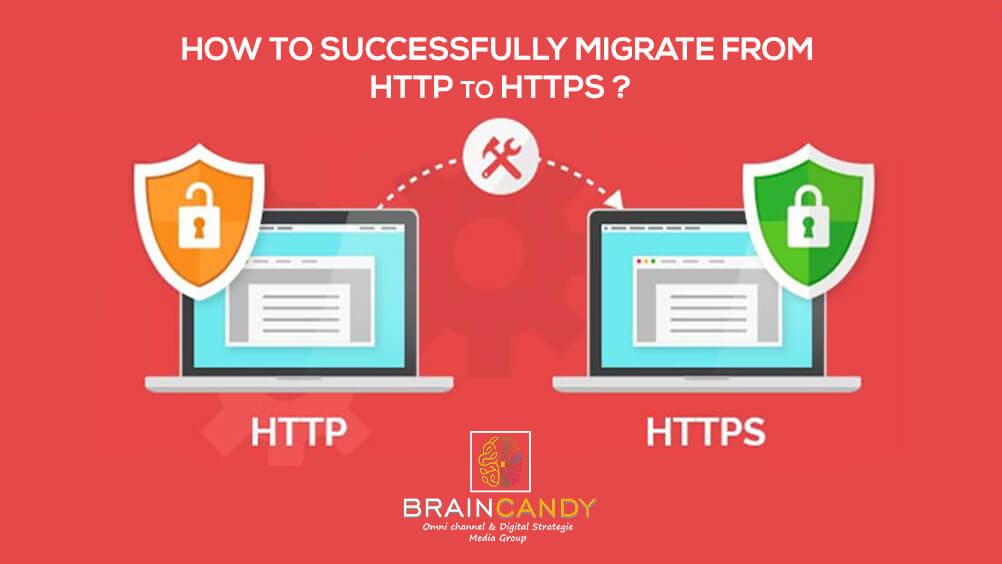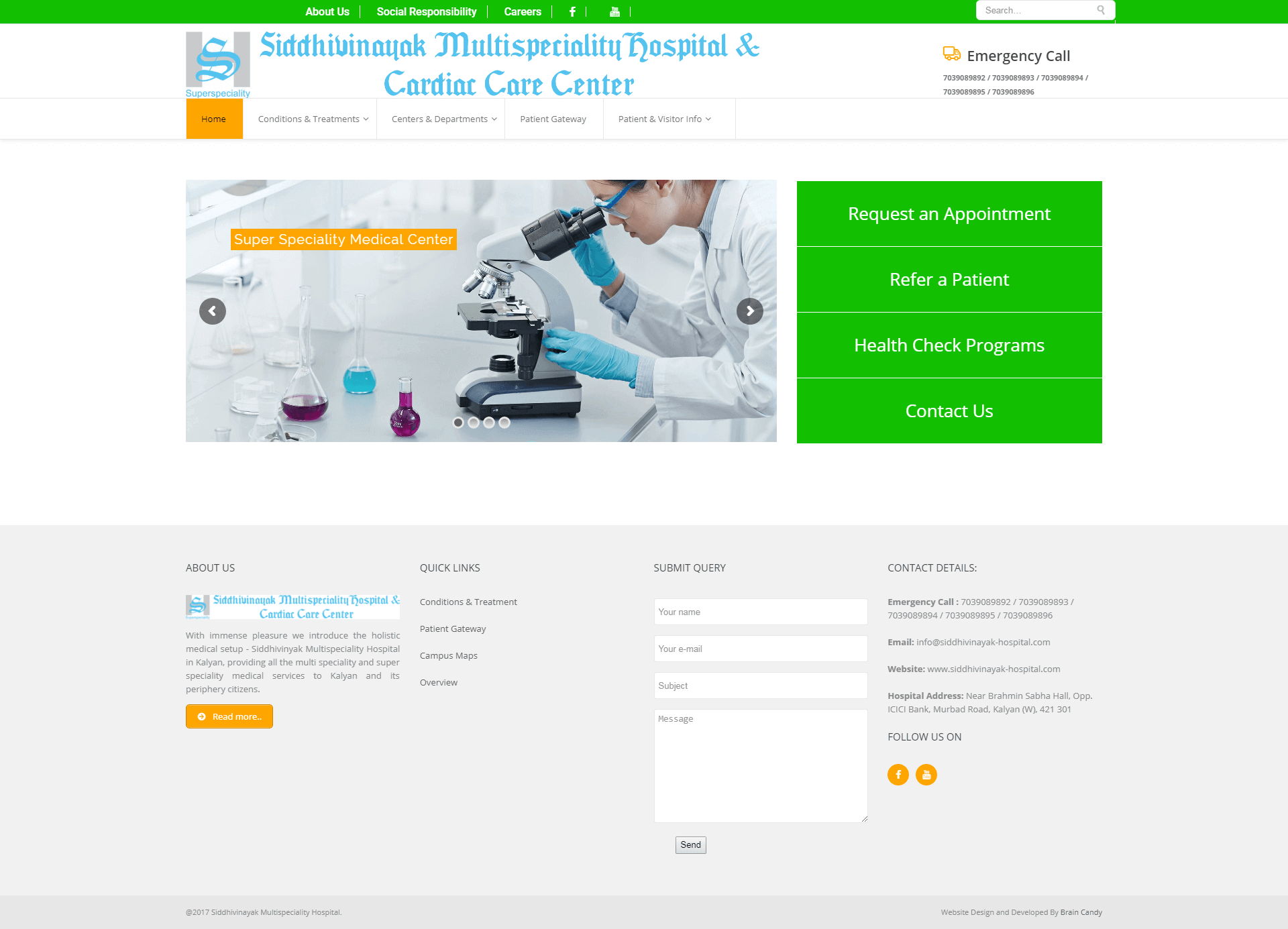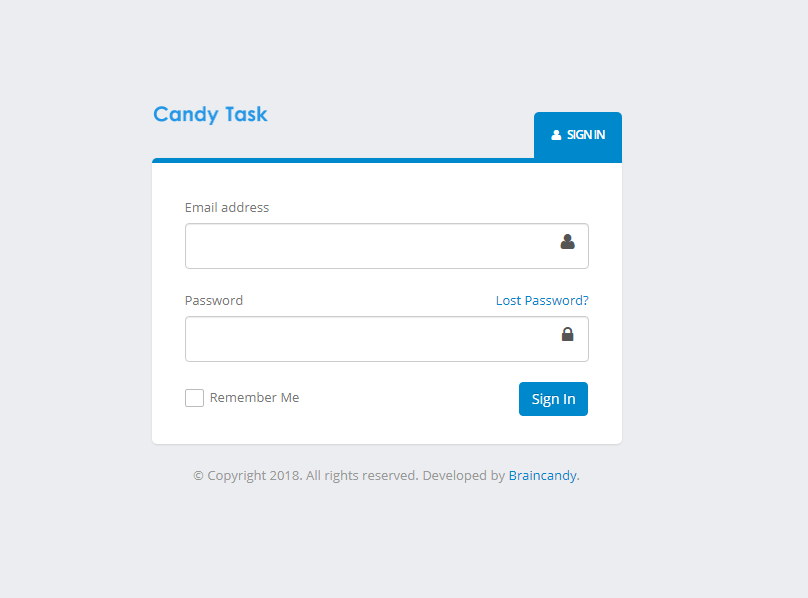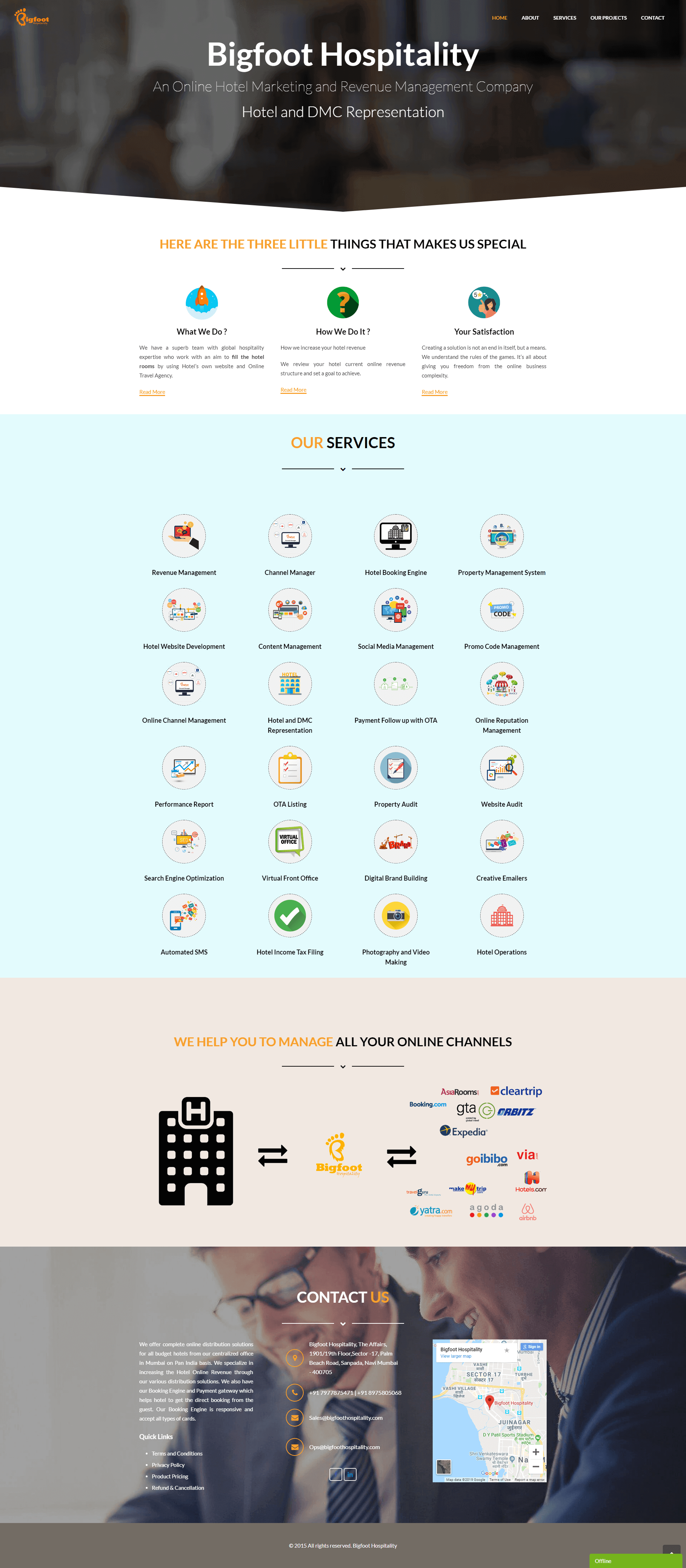- BY braincandy
- POSTED IN Website Design & Development
- WITH 0 COMMENTS
- PERMALINK
- STANDARD POST TYPE


Security is quite a big issue for each and every sector in the world. Particularly in the digital world, after its seepage into every single domain of human society, the security has become quite a hassle. The cyber crime has left the whole innovation and artificial intelligence in total tatters. To save the websites from security breaches many mark-up languages have born out of the digital weave. HTTP or hypertext transfer protocol has transformed into hypertext transfer protocol security or HTTPS for this cyber intrusion scenario only. The addition of security module to this web browser standardisation has made life easy for the websites and the end users in protecting their data & privacy. The reason for this integration is to prevent tampering of data during data transmittance. It is also secured by a secure a socket like the SSL.
The situation is quite a complicated one on the SEO fronts. The situation has aggravated more because of the announcement by Google that stated that ranking of a website will be depending on its security status. The tech savvy digital thinkers went in quite a fix due to this message. After four years the condition has bettered and the protection details have buffed up quite a bit may it be the landing page or the main website. To make it easier for the owners Google has made the HTTP migration process quite lucid.
Some of the points that will help you make you understand and operate the migration process smoothly are given below
- You must optimize the setting of site crawl by limiting the migration speed of URL list according to your traffic management.
- You can use a CDN or content delivery/distribution network of the migration for such a process you must follow some details
- get access to all assets of digital nature
- obtain all existing redirects
- obtain and upgrade disapproved files
- process any requests regarding URL removal
- do proper SSL certification selections
- SSL certification installation reflects better HTTPS configuration
- Check on all the websites for verification of migration. Some will have HTTPS and some will get it after consequential upgradation.
- You must definitely verify the content after migration.
- The URL parameters will be automatically updated to HTTPS version, if not then do it manually.
- After the migration you should most certainly update all the links of your content to HTTPS version or all of the work will become futile.
- You must do 310 redirects and update robot.txt for better configuration along with creation of a brand-new sitemap for the latest version.
- You must configure the settings for canonicalization and data highlighter. This will help you tag and mark pages and information between previous and latest versions.
- The Google analytics profile for your site must also be updated.
- Submit requests for disavow links, URL removals and HTTPS validation.
- You must examine the plug-ins, extensions and RSS feeds in the latest version.
- Get a good report on page speed and mobile friendliness.
- Backup all necessary data and audit the codes meticulously.
- You must make all the tools both internal and third party up to date.
- The very last thing you must do is to make the new HTTPS website crawl.
- All that will remain left to do is monitoring the activities of the new website.












